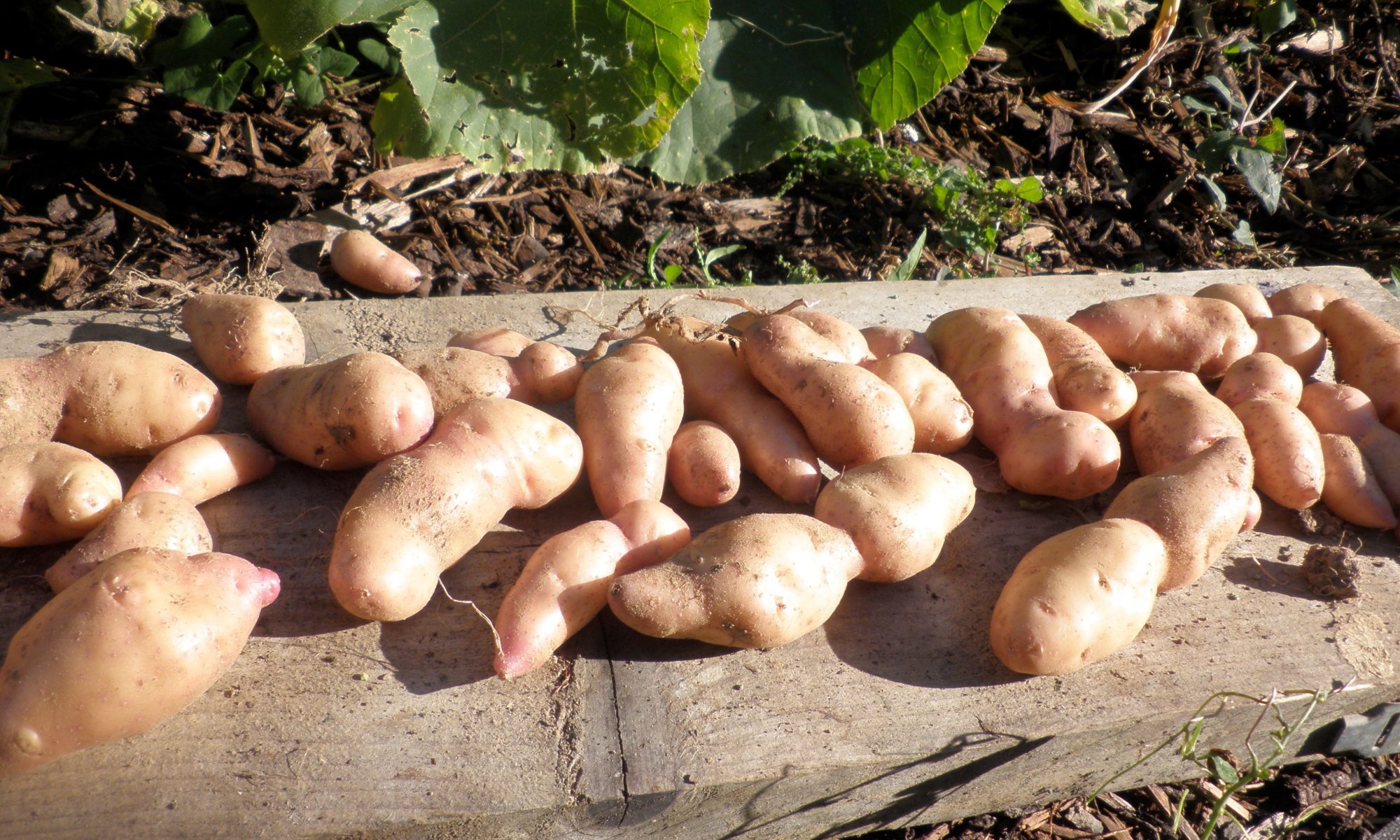Tis the season for the unearthing of root crops and what they lack in Christmas sparkle is made up for by the comfort and joy they bring to winter recipes. There is magic and quite a lot of mystery to the process of growing an underground crop. You can’t really see what’s happening until it is time for the harvest, so it does feel a bit like opening a present when you dig around in the soil and unearth your treasures. Some root crops are quick and easy to grow – radishes can be ready to pull up within 3-4 weeks, but others need more patience. Parsnips and leeks take months, slowly maturing through the year and turning the wait for the harvest into an act of faith. Luckily there are other crops that can be grown companionably alongside them until they need the space, and the other benefit is that unlike some vegetables that need to be harvested all at once, they can be lifted as you need them, acting like an outdoor larder – ready whenever you are. Many actually improve in flavour as the temperatures plummet, sweetening up as their starchy carbohydrates turn to sugar. If you plan well, shopping for this part of the Christmas lunch could be as easy as going into the garden…
Underground storage systems
The underground vegetables aren’t always roots. There are several ways that edible plants conserve food and moisture in order to survive in conditions that aren’t always hospitable; usually it’s a method for coping with periods of drought. Some store energy in starchy tubers, such as potatoes; an onion bulb is really a squashed down plant in a casing, primed to unfurl and grow once the spring arrives. We are all familiar with the veg patch stalwarts, though more exotic roots are becoming available, but be careful, as some are not hardy. Sweet potatoes and Mashua (like a nutty potato) need a long, warm growing period and will not survive a frost. Some that sound exotic are actually reintroductions of ancient varieties; Scorzonera is a hardy, rugged looking root and Skirret, which is like a multi-stemmed parsnip was apparently Henry VIII’s favourite (but then he didn’t have to prepare it).
All in the soil
A lot goes on under the ground. It’s a busy place, absolutely teeming with life – most of it microscopic and unfathomable to us. We have to trust what’s going on down there – and that can be half the problem, as there’s no way of checking on things. Root crops need to grow in conditions that make it easy for the roots to expand and grow into acceptable shapes (unless you particularly enjoy the comedy moments that sometimes result from odd shaped roots). Carrots and parsnips will fang and fork if they have to fight their way through compacted or stony soil and, weirdly, are also prone to do this if the soil is too rich. They like a free draining situation, so it might be worth installing raised beds, particularly if your soil is on the clay side. Do add organic matter to condition the soil, but make sure this has been applied during the previous season. Root crops often follow on from greedier vegetables like brassicas in a rotation for this reason, as the manure or compost is added to feed the first crop, but also helps to improve the soil structure in the long term.
Harvesting and storing
Whether you lift and store your root crop, or leave them in the ground to harvest through the winter will depend on how frozen the ground may get, but also whether they are prone to attack from soil pests.
Main crop potatoes – ready to harvest once the haulm (top growth) has died back in early autumn. They can be left in the ground and dug up when required, but if you need the space for other crops, or suffer with keel slugs (underground slugs that attack tubers and root crops) or blight, it is probably better to lift and store the tubers. Lift potatoes carefully – push your fork gently into the ground a distance away from the plant and unearth them. Spread them out to dry in the open air for an hour or so to enable their skins to toughen up for storing. Potatoes need to be stored in dry, dark conditions. Hessian sacks are ideal, as they allow air to circulate.
Onions – ready to lift when the tops die down. Again, leave them in the open air for a while – a week or more, to let the papery protective layer ‘cure’. Onions are best stored in cool, dry conditions – plait the dried stems or store in a mesh bag and hang up to ensure good air circulation. Garlic and shallots are treated in the same way as onions.
Carrots, beetroot, parsnips, turnips, swede – can be left in the ground and harvested when needed, but to stop them being attacked by pests and if your ground freezes too hard in the winter, it’s best to lift them and store in a protected environment.
Once lifted, cut off the leaves and stems to prevent moisture being drawn out of the roots. Find an old wooden box, or storage container and put a layer of sand, sawdust or multi-purpose compost (kept moist, but not wet) in the bottom, then a layer of roots, then more sand/compost etc. Store in a shed/garage/cellar, but make sure no pests can get at them – don’t seal with a lid, though, as this may create an airless, unhealthy environment.
If you have space outside, or have large quantities to store, you could build a clamp, which is a traditional way of keeping vegetables available all through the winter. Find a flat, dry patch of ground and dig a trench around it to ensure that it stays well drained. Put straw/gravel/bracken in the trench to stop earth filling it back up, then put a layer of straw on the base of the clamp. Arrange some roots on top, making sure they don’t touch, then layer straw and root crops alternately into a pyramid shaped mound (so that water doesn’t settle on the top). The earth from the trench can be piled over the final layer.
Cultivation
Carrots – grow best in light, sandy soil that hasn’t been recently manured. Sow in containers, or choose short-rooted varieties if your soil is unsuitable. Thin to 2-3cm apart. Carrot fly is the main enemy, protect with fleece, interplant with strong smelling crops like alliums, or in raised beds
Parsnips – seeds may be slow to germinate – station sow/mark the rows with a quick crop like radish. Parsnips like the same conditions as carrots – not too rich/heavy, stony, or freshly manured. Leave in the ground over winter as frost will sweeten the roots. Varieties: Gladiator, Tender and True
Beetroot – don’t grow in recently manured soil. For an autumn/winter crop, sow in mid July. Pull before they become woody and keep the tops on to stop ‘bleeding’. Varieties: Boltardy, Chioggia,
Leeks – sowing to harvest – 26-40 weeks, depending on crop (early, main or late). Start off inside or direct into a nursery bed.
Transplant when pencil thick into holes that are watered, but not refilled with soil. Hardy through winter, easy to grow. Watch out for rust. Varieties: Musselburgh, St. Victor
Potatoes – ‘Chit’ seed potatoes by leaving in a light, frost free place for 2-3 weeks. Plant from early March to mid April. Begin earthing up once seedlings are 10cm tall. Watch out for scab, blight, keel slugs. Main crop varieties: Pink Fir Apple, Kestrel, Maris Piper
Celeriac – can be slow to germinate and get going and needs a long growing season, often doesn’t start to bulk up until the end of the season, so is best grown from small plants.
It may be too late for a home grown Christmas lunch from scratch now, but if you’re fed up with shopping, this is a great time for planning next year’s crops and perusing the seed catalogues. What could be more satisfying than pulling up leeks and unearthing tasty tap roots on Christmas morning? Just add some Brussels sprouts to the list and your lunch will be festive – and fresh. Happy gardening.
TEST
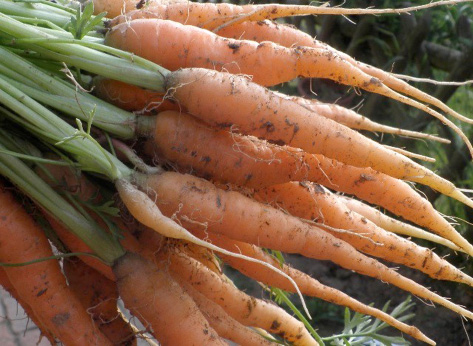 TEST
TEST
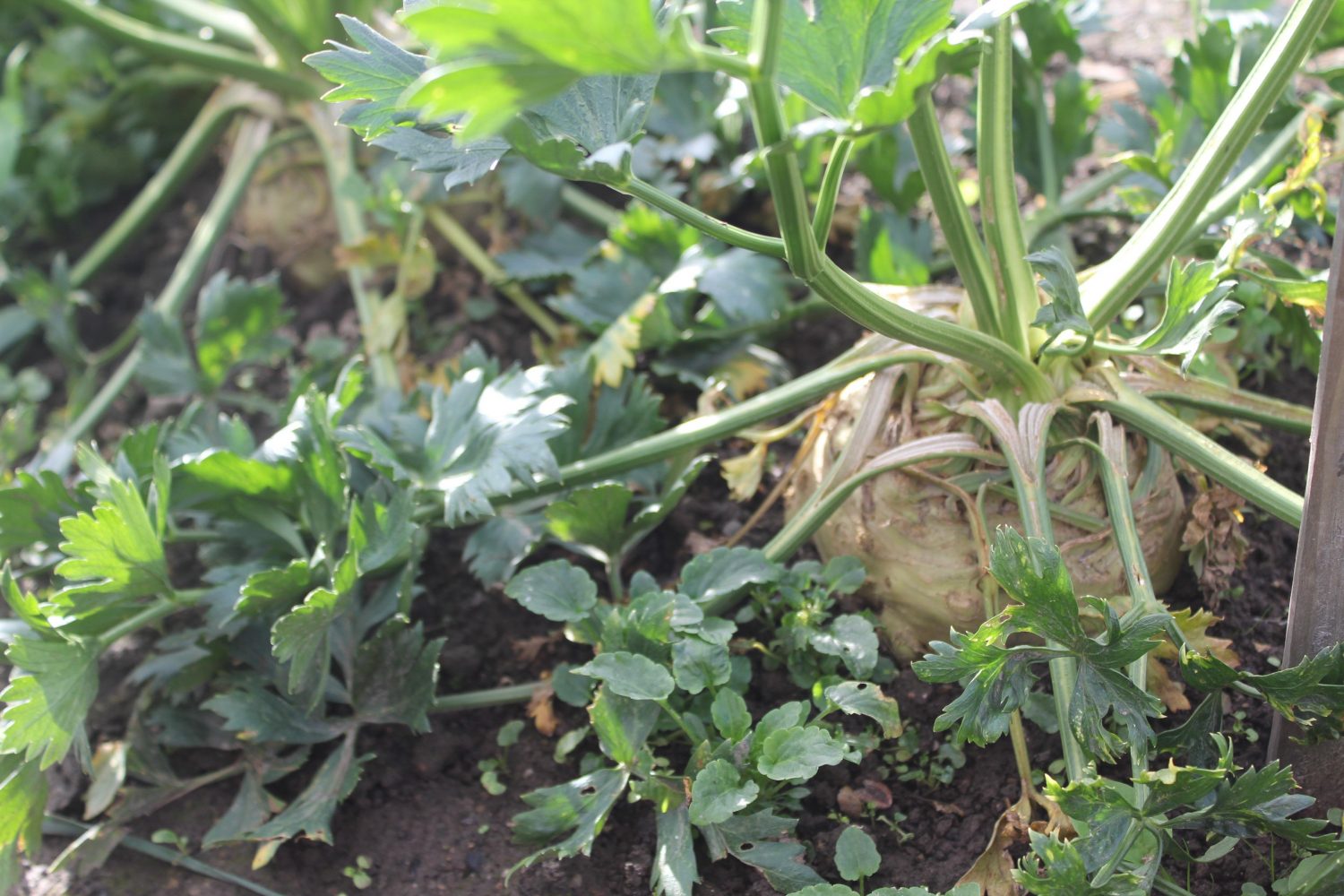 TEST
TEST
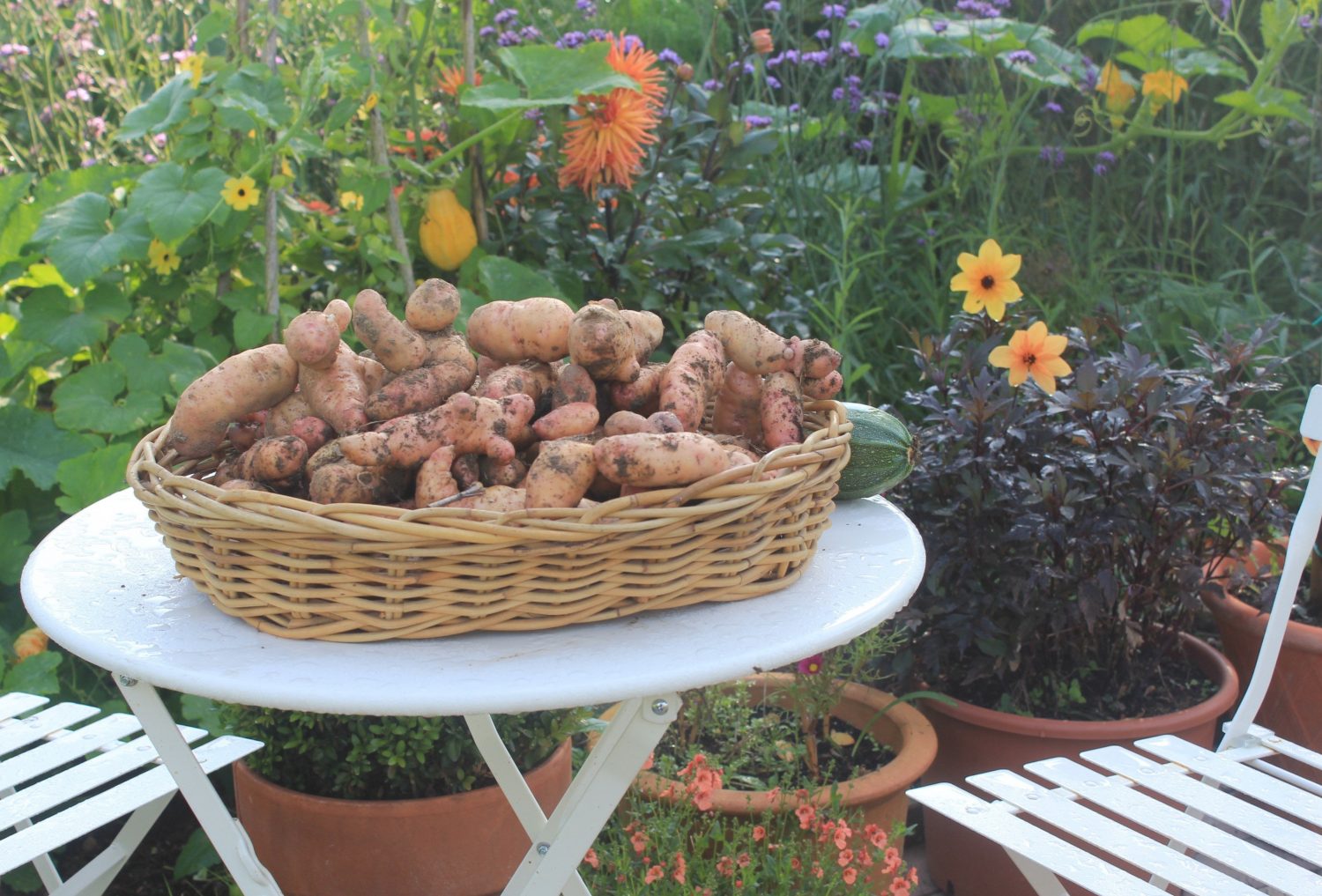 TEST
TEST
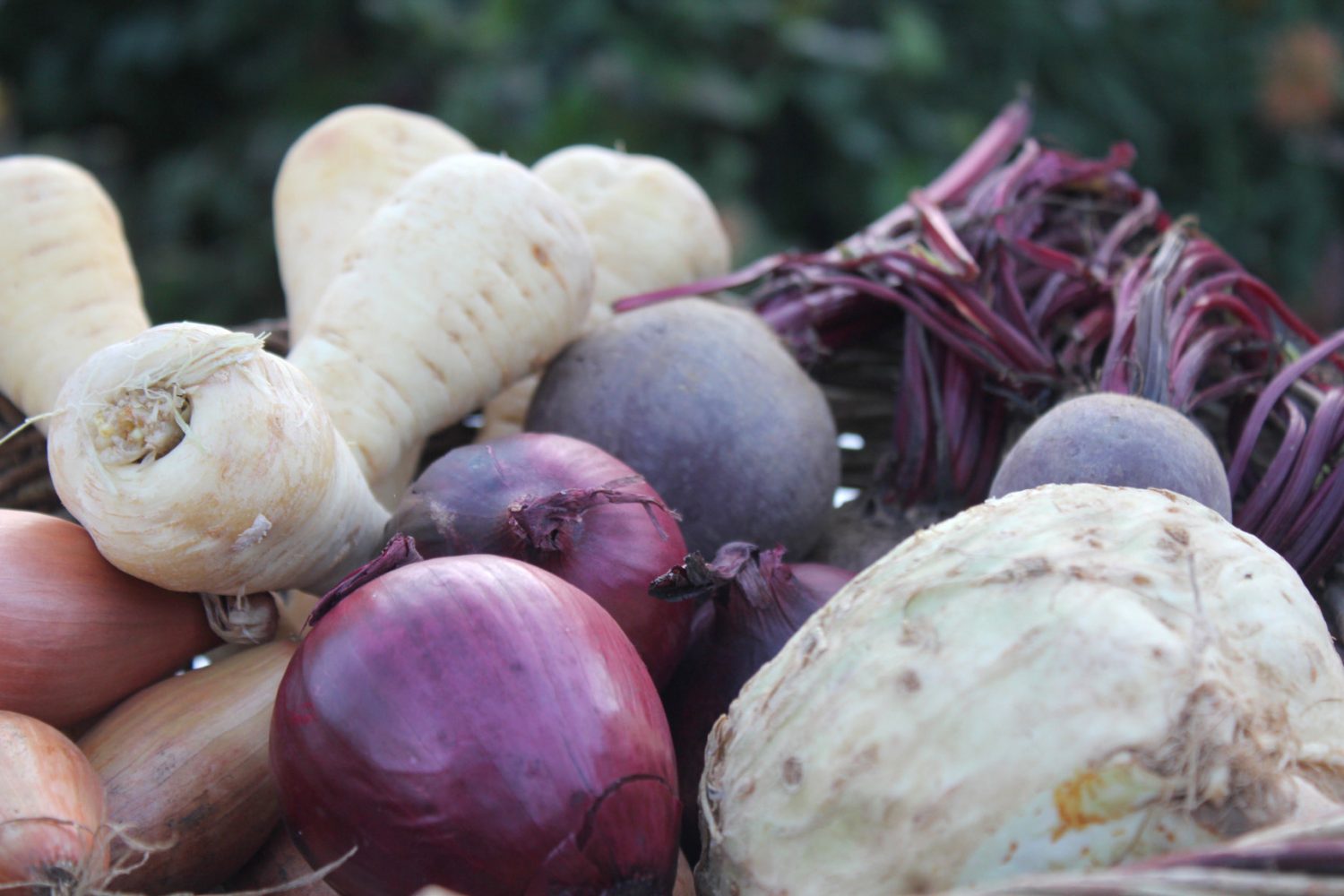 TEST
TEST
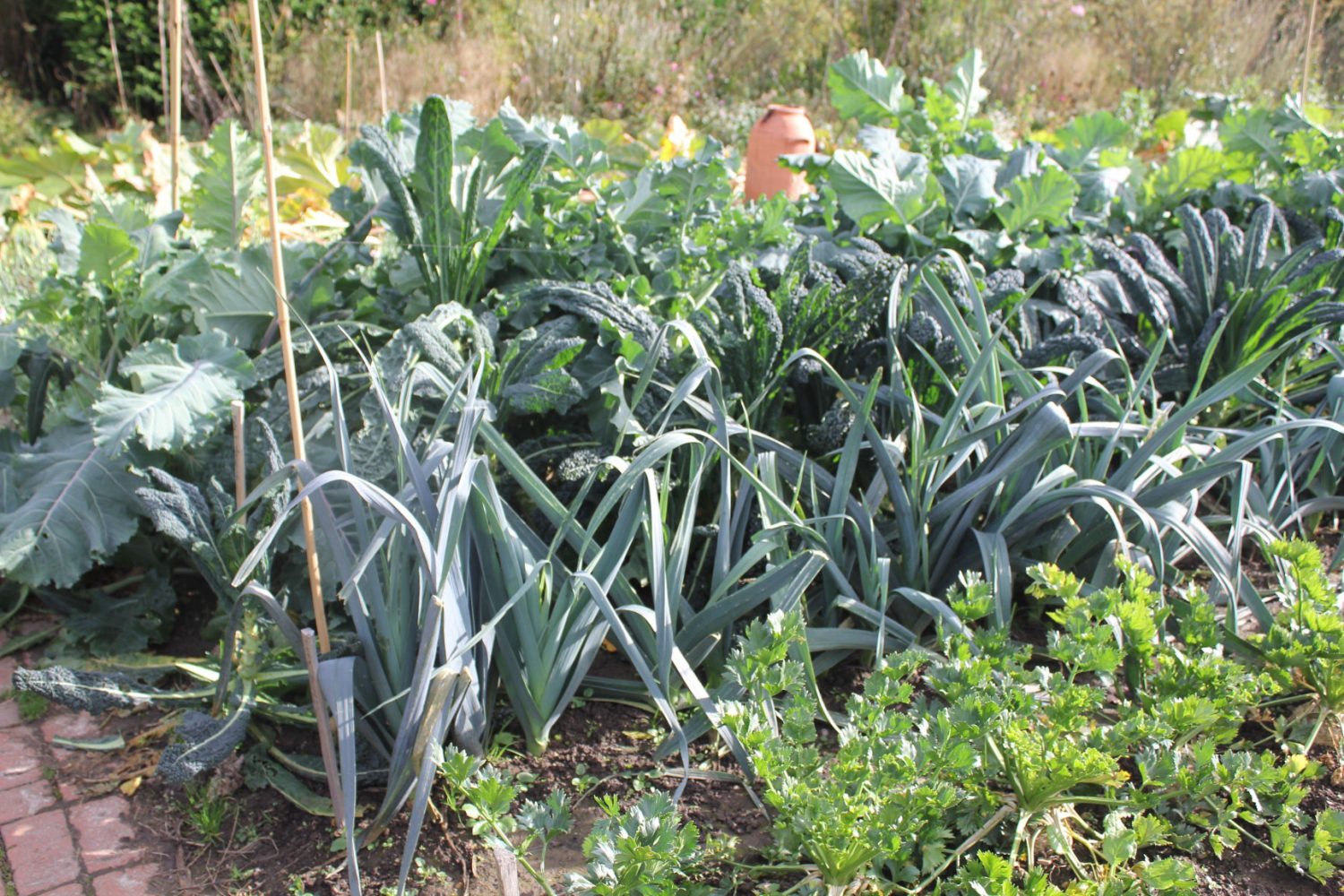
You may also like
Sue Whigham shares some valuable new-to-gardening advice I’m sure that by now we should be used to the rain but I’m not entirely sure that we are. We had a dry, sunny day the other day and how everybody’s mood...
Jane Howard gets to the bottom of why so many ponds have disappeared across the High Weald I have a new passion, almost an obsession, it’s about ponds. And there’s a distinct possibility I might become a bit of a...
Sue Whigham takes a meander along nature’s verdant and vital corridors Recently the BBC’s Today programme carried a feature about England’s hedgerows which created a lot of interest among listeners. On the strength of that, Martha Kearney interviewed one of...
